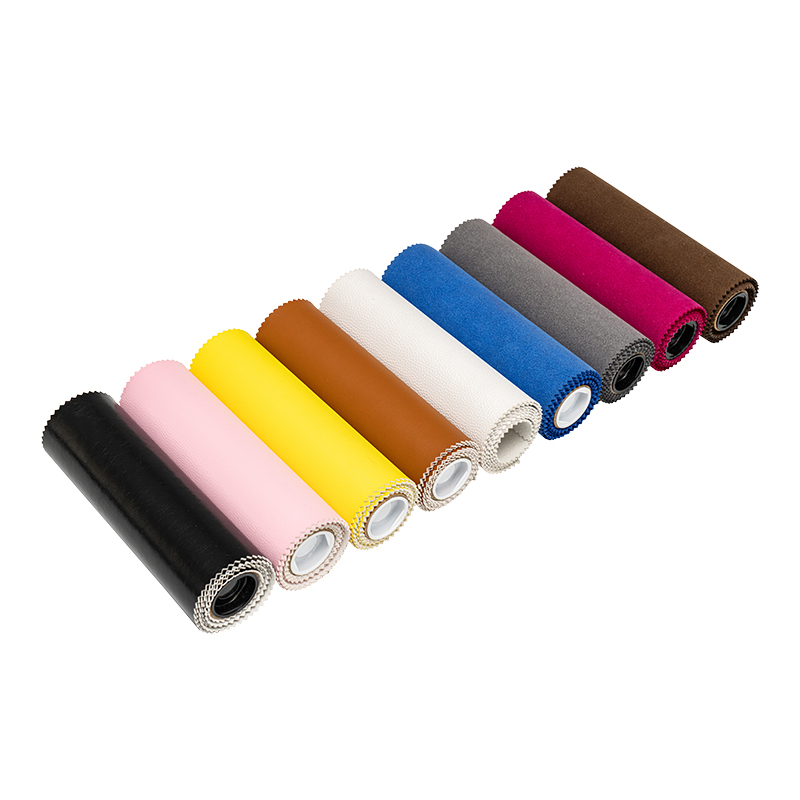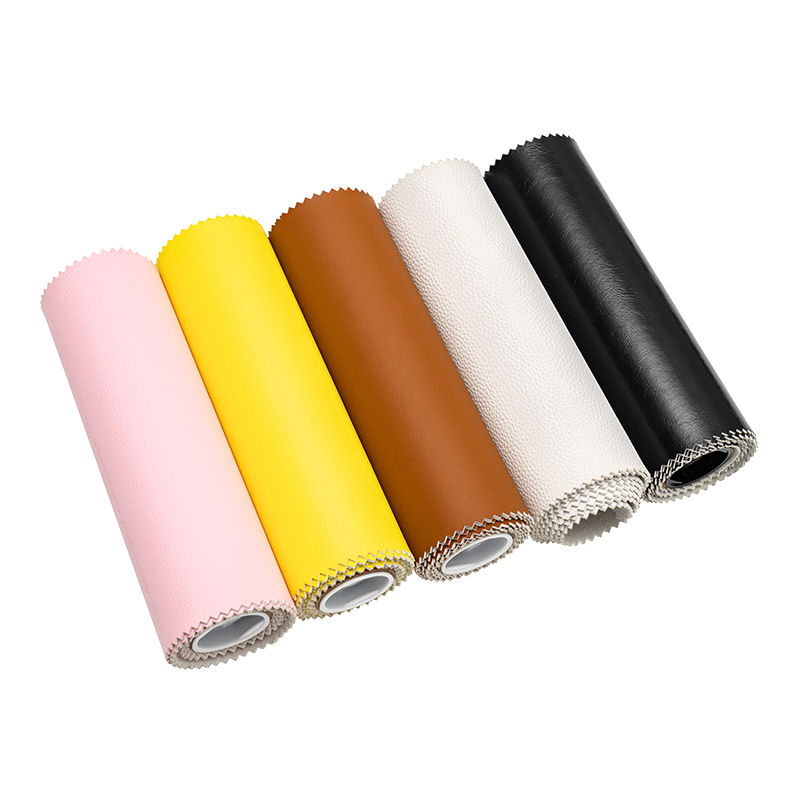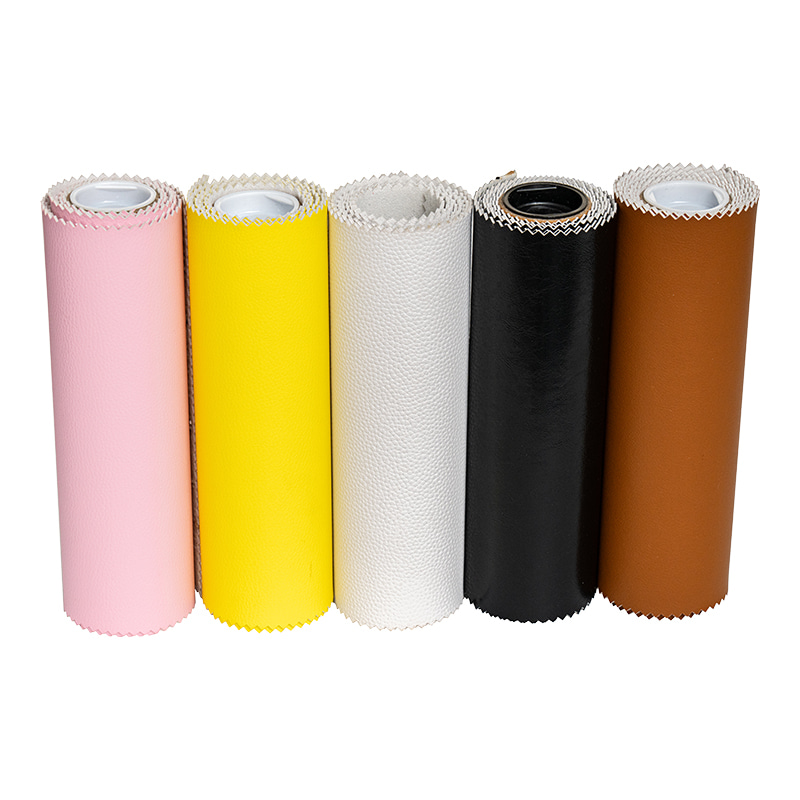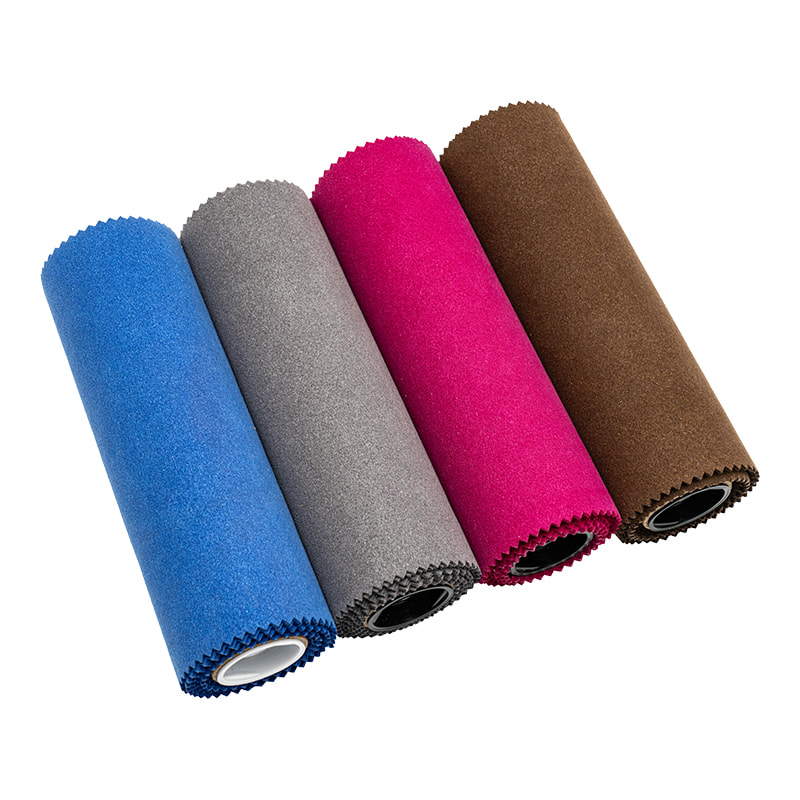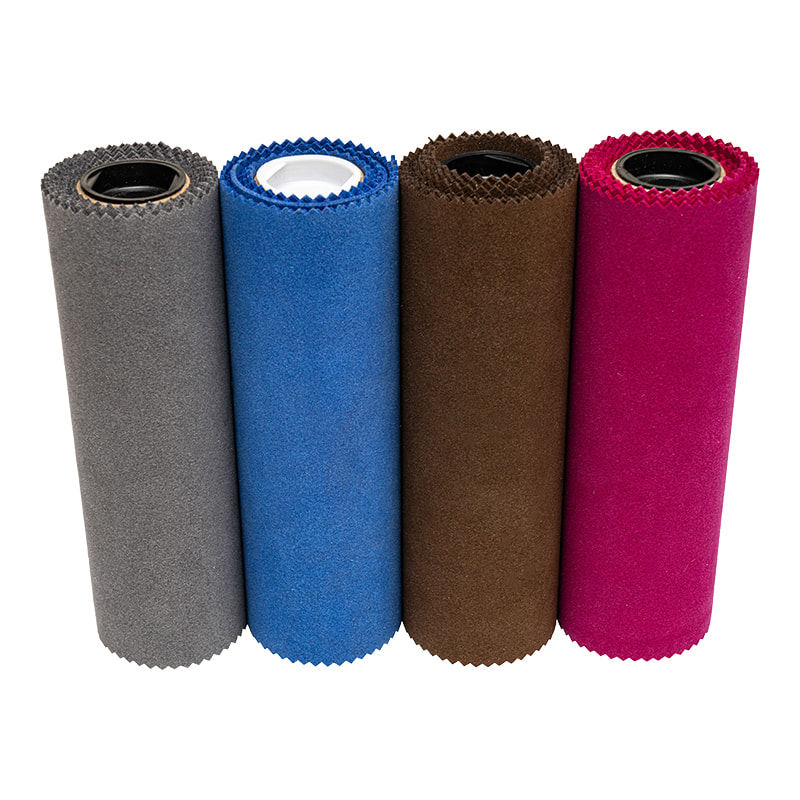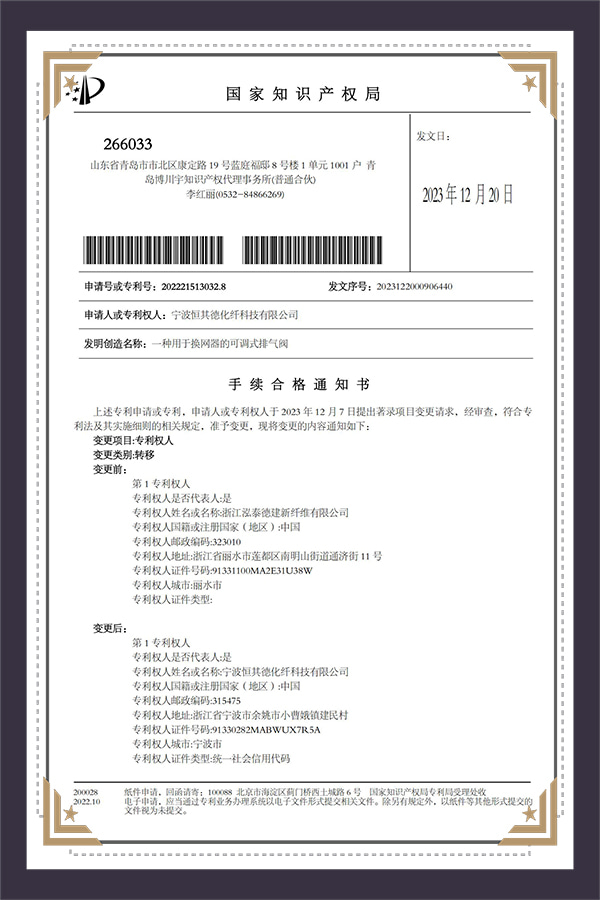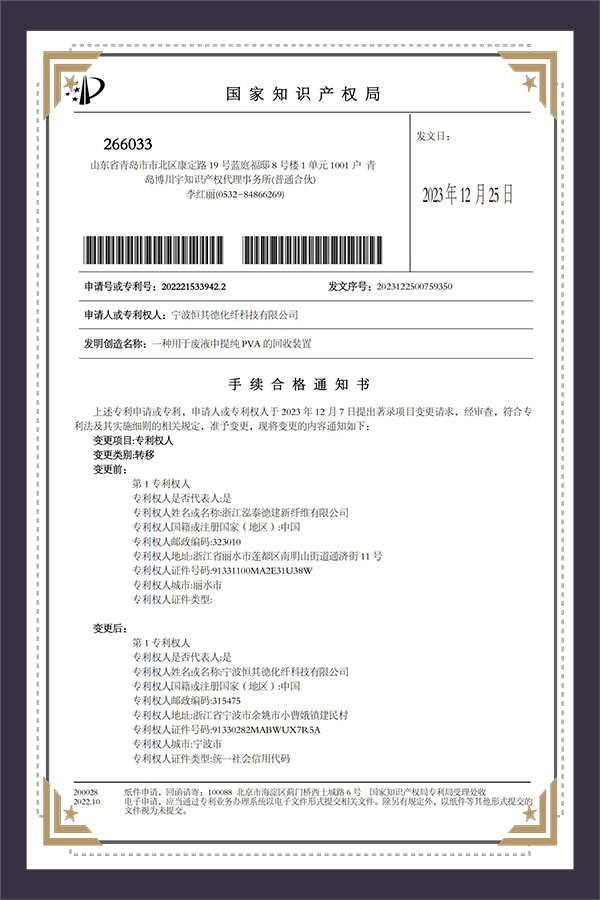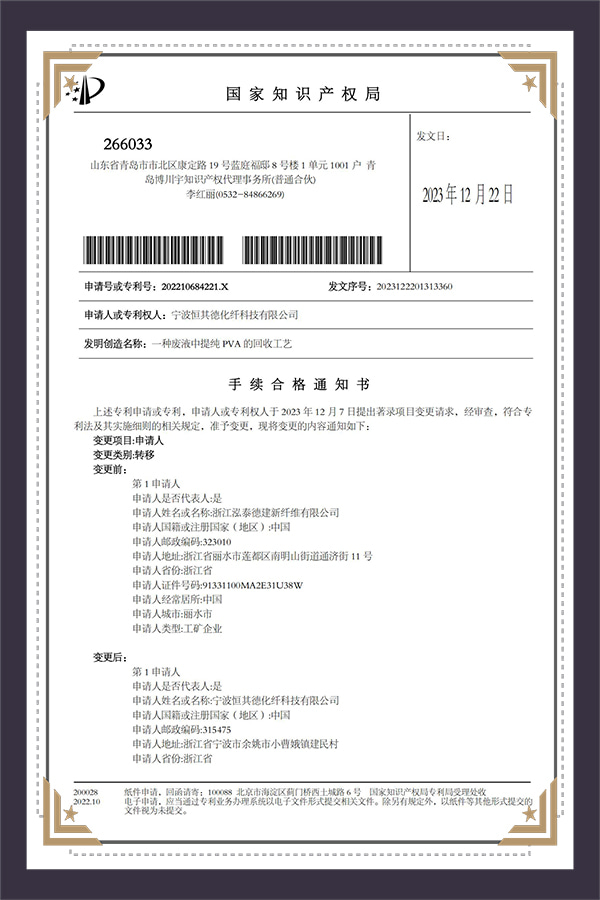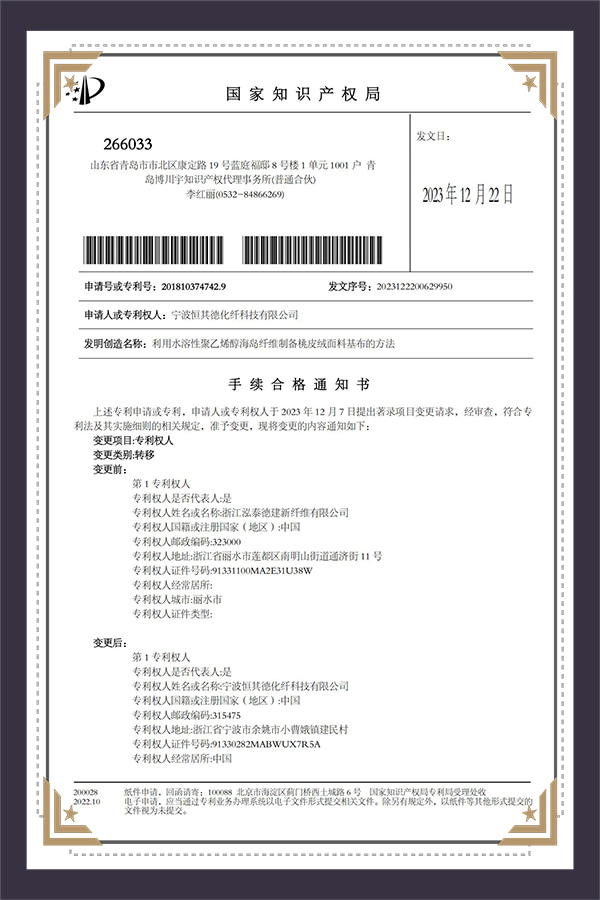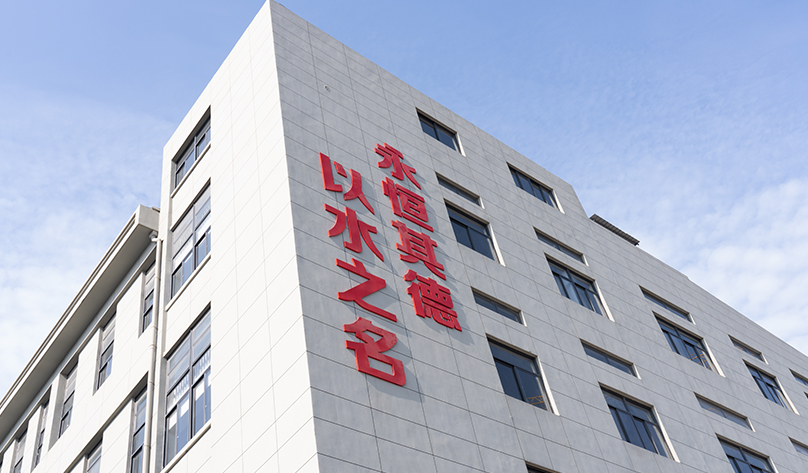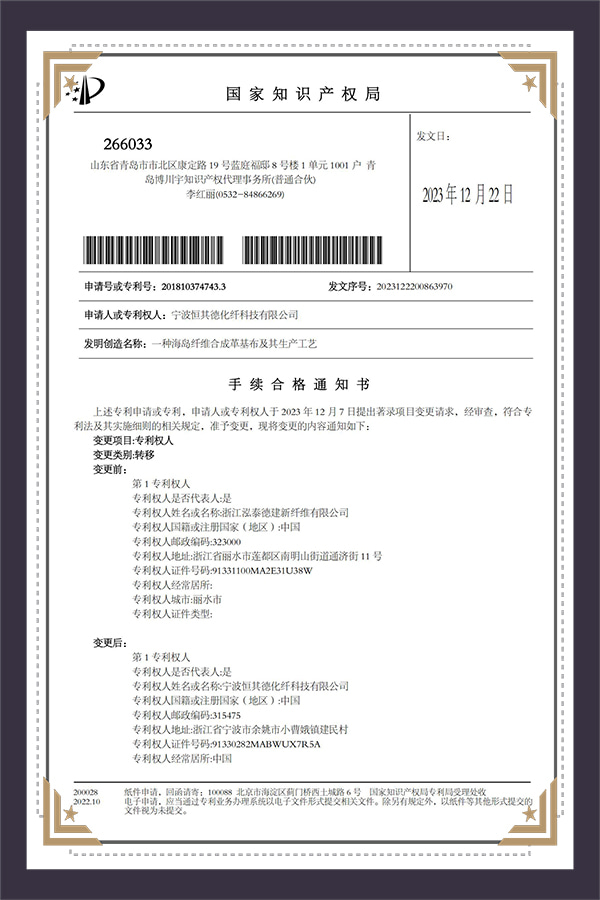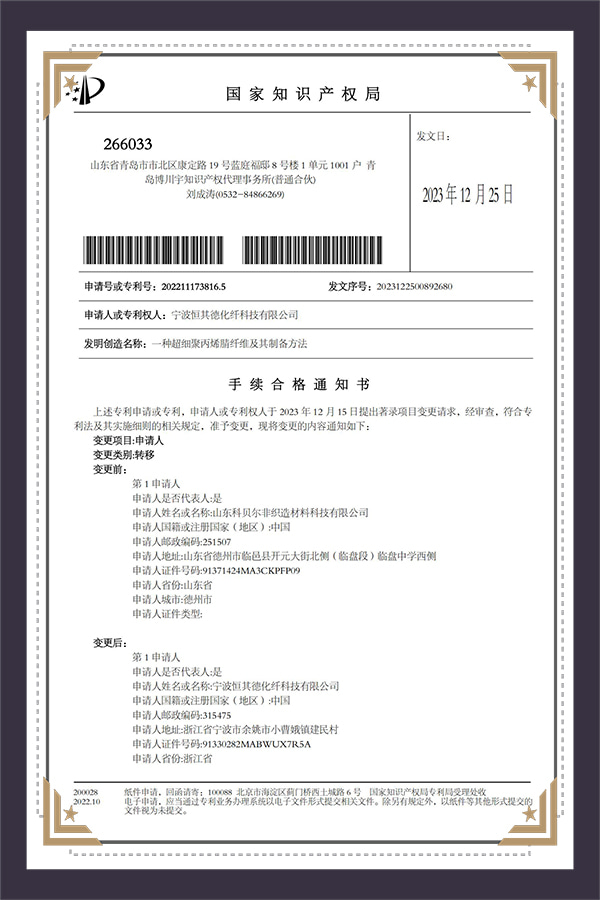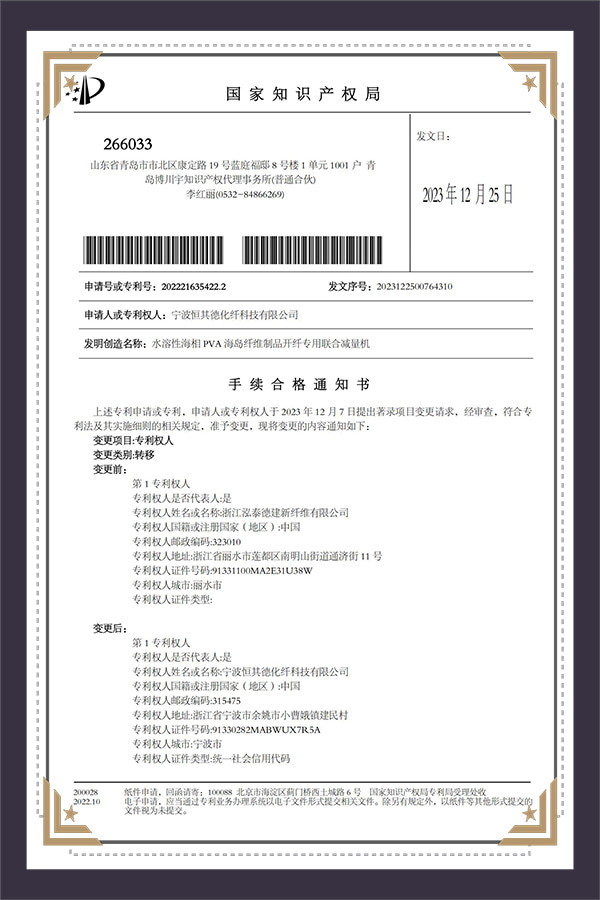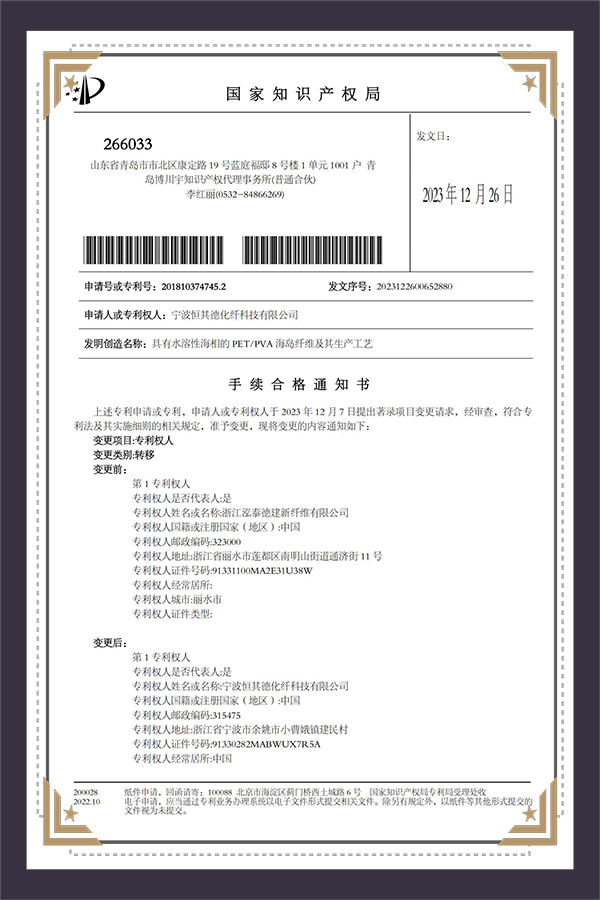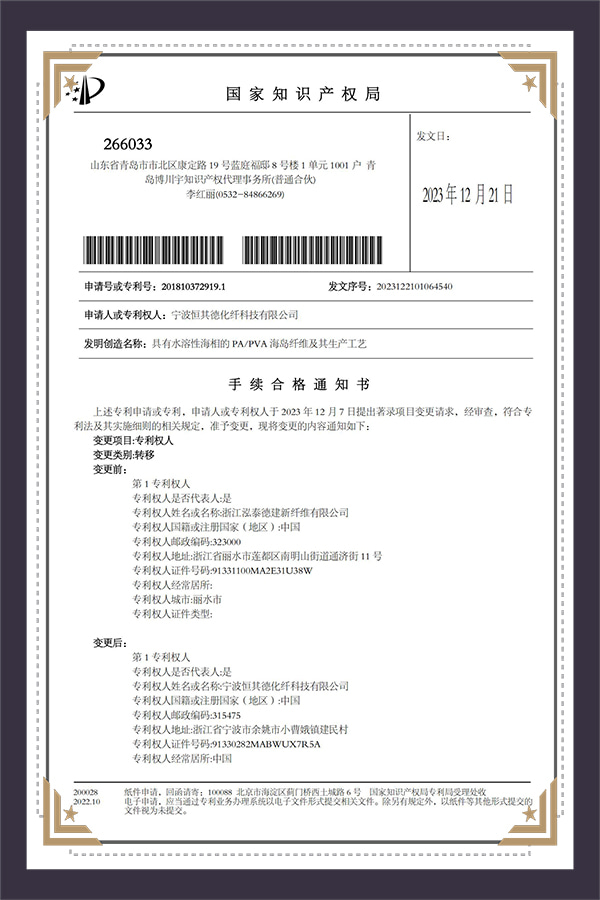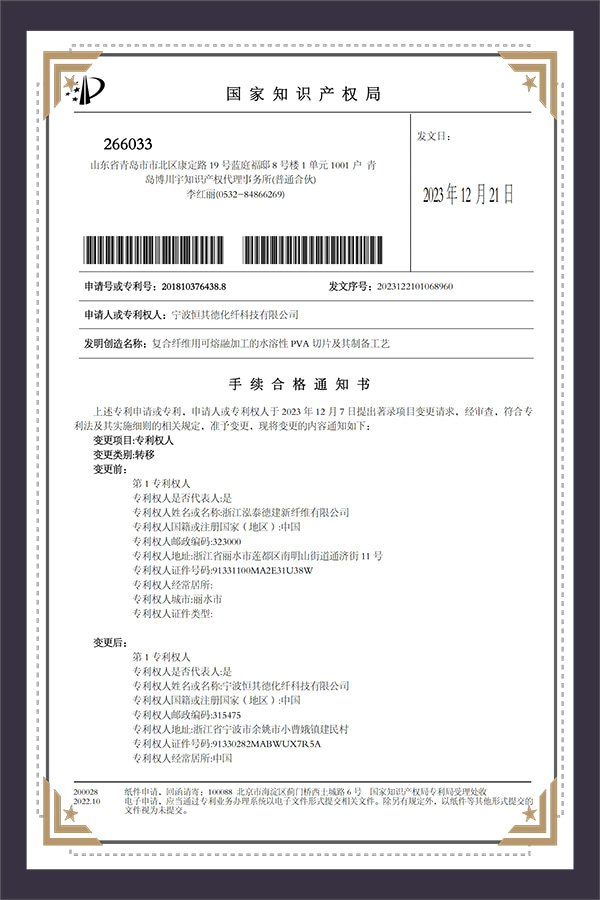Physical Properties of Water-based Microfiber Fabric
The fiber structure of
water-based microfiber fabric is integral to its strength and functionality. Unlike traditional microfibers, which rely on petroleum-based processes, the fibers in water-based microfiber are produced using a water-soluble island fiber technology. This process involves the use of polyvinyl alcohol (PVA) as the core material, surrounded by a sheath that is designed to dissolve in water. Ningbo Hengqide Chemical Fiber Technology Co., Ltd. has refined this method to eliminate toxic chemicals such as toluene and phthalic acid from the production process, ensuring a more environmentally friendly and safer product. Water-based microfiber fabric fibers are incredibly fine, typically ranging between 0.3 and 0.5 denier, making them much finer than conventional fibers. This fine structure contributes to a smoother surface, resulting in a fabric that is softer and more delicate than traditional microfiber options. The fine nature of the fibers increases the surface area, enhancing the fabric's ability to trap dirt, dust, and moisture—qualities that make it ideal for cleaning applications. The fabric's composition ensures that its physical properties remain stable and reliable, even under demanding conditions. Its advanced production process also means that the fabric maintains its integrity and strength throughout its lifespan, making it suitable for a wide range of products, from clothing and upholstery to automotive interiors and cleaning materials.
One of the most remarkable physical properties of water-based microfiber fabric is its softness. This quality makes it particularly sought after for products that require a gentle touch, such as bedding, clothing, and personal care items. The softness of the fabric can be attributed to the finely spun fibers, which create a smooth and luxurious feel against the skin. The manufacturing process used by Ningbo Hengqide Chemical Fiber Technology Co., Ltd. ensures that the microfiber retains its softness even after repeated washing and use. Traditional microfiber often loses its softness over time due to the chemical treatments used in its production. However, the water-soluble island fiber process creates a fabric that remains soft, breathable, and comfortable, making it ideal for use in sensitive applications, such as baby clothing, medical textiles, and hypoallergenic garments. The comfort of water-based microfiber fabric also extends to its ability to wick away moisture and regulate temperature. Unlike other fabrics that may trap heat and moisture, this microfiber is designed to promote airflow and reduce sweat buildup, ensuring a more comfortable experience, whether in activewear or sleepwear. This versatility in comfort makes it a preferred choice for industries focused on consumer well-being, like fashion and health.
Despite its soft texture, water-based microfiber fabric does not compromise on strength and durability. The fine fibers that make up the fabric are densely woven, which contributes to the fabric's ability to resist wear and tear. The durability of the fabric is further enhanced by its water-based production process, which eliminates the use of harsh chemicals that could otherwise weaken the fibers over time. Ningbo Hengqide Chemical Fiber Technology Co., Ltd. has pioneered a production method that ensures the fabric remains resilient, even under heavy use. The water-based microfiber fabric is designed to withstand mechanical stress, including friction, abrasion, and impact. This makes it suitable for high-performance applications like upholstery, automotive interiors, and cleaning cloths, where the fabric is subject to frequent use and physical strain. Its ability to maintain strength and performance over time is a key factor in its appeal for industries requiring long-lasting, reliable materials. The durability of the fabric is complemented by its resistance to deformation. Unlike other fabrics that may lose shape or become damaged after extensive use, water-based microfiber retains its structure and form, making it an excellent investment for both consumers and manufacturers. Whether used in home furnishings, textiles, or industrial applications, this fabric stands the test of time, offering lasting quality and reliability.
Water-based microfiber fabric excels in absorbency and moisture-wicking abilities, which are crucial properties for a wide variety of applications. The fabric's fine fibers allow it to absorb moisture rapidly, holding several times its weight in water. This property is particularly beneficial in cleaning products, sportswear, and other applications where moisture management is important. The fabric can absorb liquids quickly, making it ideal for use as a towel, cleaning cloth, or even in clothing designed to wick sweat away from the skin. The moisture-wicking ability of water-based microfiber fabric is enhanced by its unique fiber structure, which disperses moisture evenly across the fabric's surface. As a result, the fabric dries faster, reducing the risk of odors and bacterial growth, which is especially important in activewear and towels. This rapid drying property contributes to the fabric's long-term functionality and comfort, as it maintains its performance even after multiple washes. Ningbo Hengqide Chemical Fiber Technology Co., Ltd. has perfected the production process to ensure that the microfiber retains its high absorbency and moisture-wicking abilities over time. The fabric's ability to remain highly functional even after repeated washing makes it a practical choice for industries like sportswear, outdoor gear, and medical textiles, where hygiene and moisture control are paramount.
Elasticity and flexibility are two critical properties that define the functionality of water-based microfiber fabric. These characteristics allow the fabric to stretch and recover its original shape, making it ideal for use in products that require flexibility, such as clothing and upholstery. The inherent elasticity of the fabric allows it to conform to the body, ensuring a comfortable and snug fit. The fine fibers in water-based microfiber fabric are designed to stretch under tension and then return to their original form once the tension is released. This makes the fabric suitable for use in form-fitting garments, such as activewear, undergarments, and fashion apparel, where both comfort and flexibility are key. The fabric's flexibility allows it to conform to surfaces, making it a great choice for upholstery and automotive applications where the material needs to fit complex shapes and contours. Ningbo Hengqide Chemical Fiber Technology Co., Ltd. ensures that the fabric maintains its elasticity through its innovative water-based manufacturing process, which preserves the natural stretch of the fibers. This elasticity also contributes to the fabric’s ability to withstand repeated movements and stress without losing its shape or performance, making it ideal for products used in high-mobility environments.
Color fastness is a vital property for any fabric, particularly when it comes to consumer-facing products like clothing and upholstery. Water-based microfiber fabric is known for its excellent color retention, which ensures that the fabric maintains its vibrant hues over time. The water-based manufacturing process used by Ningbo Hengqide Chemical Fiber Technology Co., Ltd. incorporates high-quality dyes that are designed to bond with the fibers securely, preventing fading due to washing or exposure to sunlight. This property is essential for industries like fashion and interior design, where color quality is a significant factor in the product's appeal. The ability of water-based microfiber fabric to retain its color and appearance even under harsh conditions makes it a highly desirable material for both everyday consumer products and high-end items. In addition to its color fastness, water-based microfiber fabric boasts an aesthetic appeal that comes from its smooth, shiny surface. The fine fibers create a reflective quality that enhances the fabric's visual appeal, giving it a premium look and feel. Whether used in clothing, home furnishings, or accessories, the fabric’s vibrant colors and smooth texture ensure that it stands out in both function and design.



 英语
英语 中文简体
中文简体